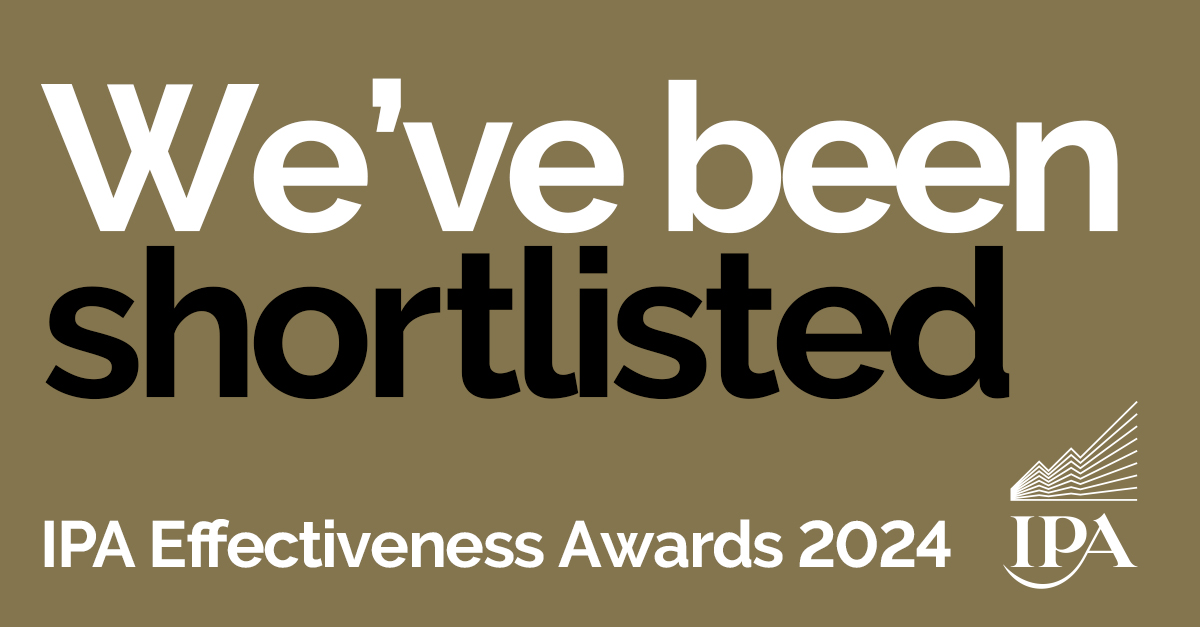With the current cost of living crisis, university, now more than ever, is a serious investment in young people’s future. The student’s university choice has always been a life-changing decision, especially since the increase of tuition fees. But with the world’s economy as it is, prospective students now have to balance conflicting educational and financial considerations with their personal aspirations for education and career.
Gone are the days where Higher Education institutions could simply offer a great course and the promise of a transformative life experience. Prospective students are hungry for any extra added-value that universities can provide them to offset the immediate costs of tuition and living.
The new marketplace in career-paths
There are multiple paths to a successful career, and university is just one of them. These alternative options are growing in number and accessibility. And according to UCAS, whilst the volume interested in apprenticeships has declined, a third of all students show a serious interest in this route. These additional routes offer less debt, pay, hands-on working experience, and industry contacts. So universities need to ask what their institution can offer that no other place or route can.
The rise in cost of living is of course affecting audiences as a whole, and it is important as a Higher Education brand to identify how you can help relieve those pain points. Helping students adapt and overcome them. The prospect of leaving home has always been daunting. Now that vital step into adulthood and independence may be unaffordable.
Universities’ solutions to this dilemma can come in many forms. They need to be considerate, and avoiding feeling a bit too dystopian...
How can you help to alleviate this terrifying thought? Do you publish blog posts about how to cook from scratch? Or have societies that teach these skills? Do you run budgeting sessions? What added value can you offer?
These issues are not only affecting prospective students, but also current ones. In the National Student Accommodation Survey, it was found that 80% of students are worried about the cost of living; and the NUS Student Survey revealed that 9% of students have used food banks during the pandemic.
Look beyond HE to engage tomorrow’s students
Universities can take learnings from trends in other sectors. Consider the power of influencers to not just engage Gen Z fandoms but address serious social issues which influence students’ decisions. Marcus Rashford supporting free school meals, or Jack Monroe commenting on the fact that inflation rates as a whole ignore the individual price of essential food items. This caused so much of a stir that supermarkets actually back pedaled and reduced their prices.
These influential moments can be echoed in your own campaigns, providing both help to your current and prospective students, but also positive, brand-building messaging. Recruiting the latest TikTok sensation may not be within budget. But universities’ alumni networks can be used to connect with new students on the issues that matter to them.
All of these points of micro-contact will impact how your audience interacts and reacts to your brand.
You have to put yourself into the prospective students’ shoes. Look at how your media is talking to them, and connect with them from a different angle. Calm them. Reassure them. Address the real benefits you offer that matter to them – and show how you’re going to help.
If you want to speak to our Higher Education experts to see how we connect you with the student superstars of tomorrow – you know what to do.




